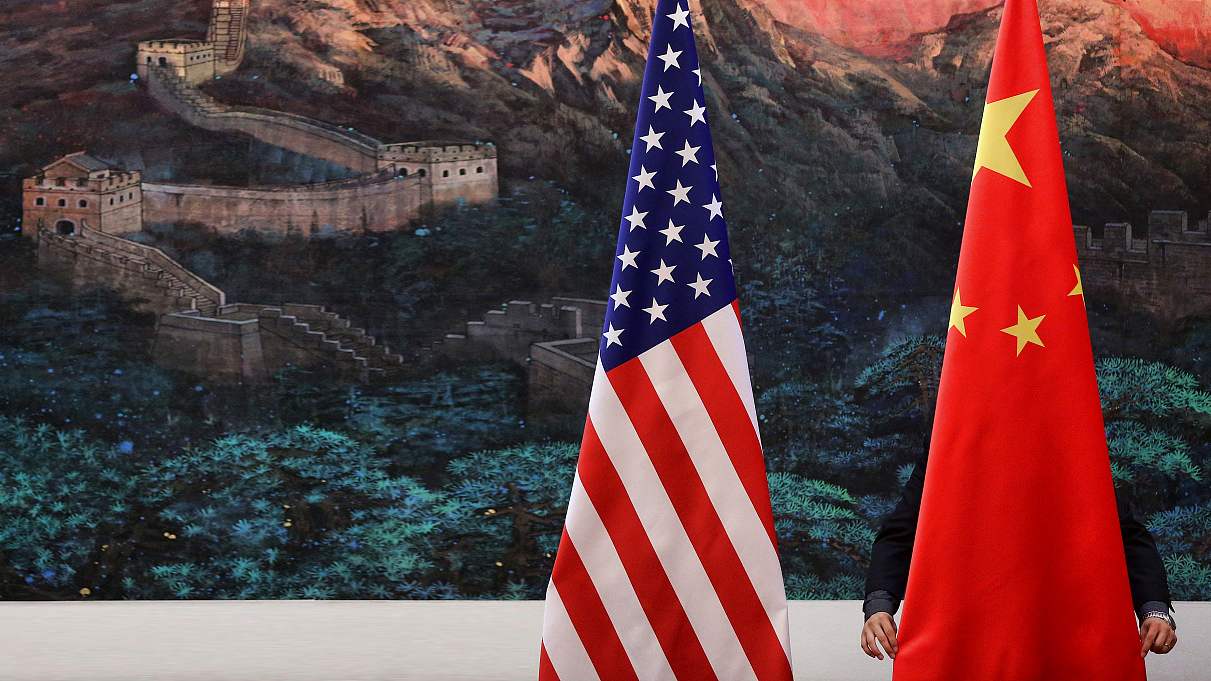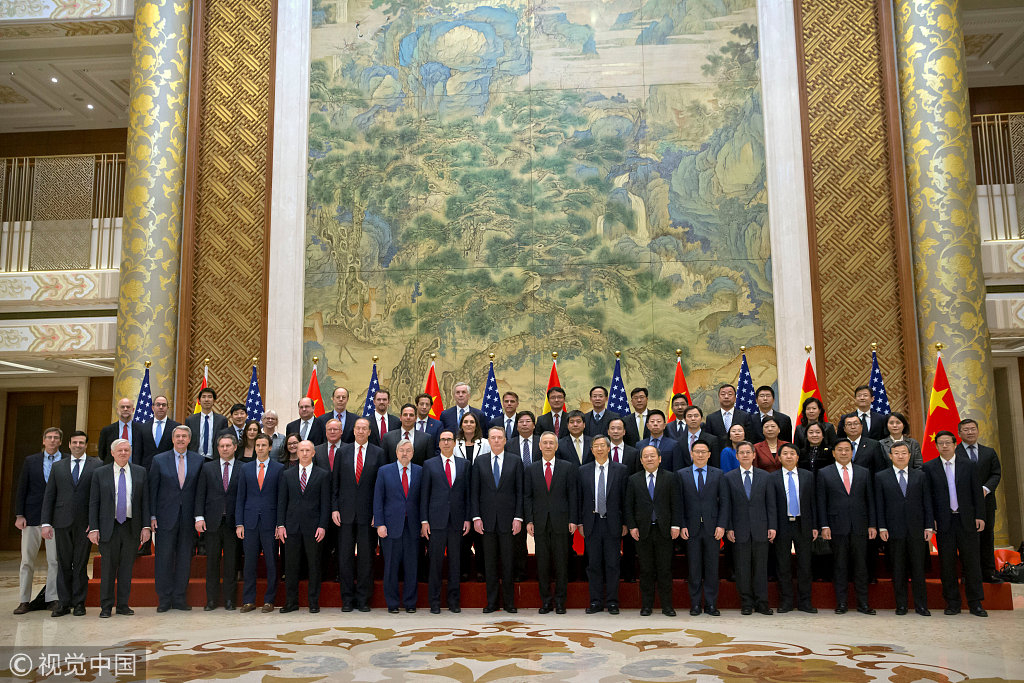
Opinion
08:49, 30-Mar-2019
China, U.S. need to expand common ground as trade talks enter crucial stage
Updated
16:52, 30-Mar-2019

Editor's Note: The following is an edited translation from the English website China Plus of a commentary that first appeared on the Chinese-language website "Commentaries on International Affairs" on March 30, 2019.
New progress has been made in the latest round of trade talks between China and the United States in Beijing on Friday as the two sides discussed the text of an agreement.
U.S. Treasury Secretary Steven Mnuchin, who co-chaired this round of negotiations along with China's Vice Premier Liu He and U.S. Trade Representative Robert Lighthizer, described the talks as "constructive."
The progress made in this round of talks didn't come easy. Although they were held behind closed doors, it's clear that the pace of the discussions has continued to accelerate, with the welcoming dinner becoming the launchpad for a line-by-line appraisal of the text of the agreement.
Both sides have every reason to meet each other halfway so that the consensus reached between President Xi Jinping and President Donald Trump last year in Argentina can be implemented.
Substantial progress on issues including technology transfers, the protection of intellectual property rights, non-tariff barriers, service industry trade, agriculture, and exchange rates was achieved in the previous round of negotiations in Washington last month.
On Wednesday, data released by the U.S. Department of Commerce showed that total American exports in January rose by 0.9 percent to 207.3 billion U.S. dollars, but exports to China slumped to 7.1 billion, the lowest level since 2010.
In the meantime, figures from China's government show that the country's trade with the United States was down nearly one-fifth in the first two months of this year compared to the same time last year.

Chinese and U.S. trade negotiators pose for a group photo at Diaoyutai State Guesthouse in Beijing, China, February 15, 2019. /VCG Photo
Chinese and U.S. trade negotiators pose for a group photo at Diaoyutai State Guesthouse in Beijing, China, February 15, 2019. /VCG Photo
And the OECD recently announced a cut to its global growth forecast for this year by 20 basis points to 3.3 percent in part due to the ongoing trade tensions between the world's two largest economies – a clear indication of the damage being done to the global economy by this dispute.
American concerns are mainly focused on intellectual property protection, market access and the mechanisms for the implementation of the final agreement.
These are all areas in line with the direction of China's current deepening reform and opening-up process. It could be seen at this year's Boao Forum for Asia, which concluded on Friday.
The Chinese government sent out a series of signals about a further opening up of its market. This may help to clear up some of the lingering uncertainties and concerns between Beijing and Washington.
China's negotiators will surely bring to the task at hand a sincere desire to reach a mutually beneficial deal. But even if the outcomes of the negotiations are less than ideal, the performance of China's economy over the past year has demonstrated the benefits of the government's current path toward a more open trade and investment environment.
In 2018, despite the escalating trade frictions, China remained the world's largest recipient of foreign direct investment, with inflows reaching 130 billion U.S. dollars. And the actual use of foreign capital was 134.97 billion U.S. dollars, up 3 percent over the previous year to reach an all-time high.
Both sides plan to continue their talks in Washington next week. As the discussions enter into the critical final stage, the negotiators should continue to expand their common ground with greater courage, wisdom, and trust, and inch ever closer towards a mutually agreeable deal.
And whatever happens around the negotiating table in the weeks ahead, China will, without doubt, continue to open up even more to the world, because that has shown itself time and time again to be the key to its growing prosperity.
(Cover photo: China's lead negotiator Vice Premier Liu He, U.S. Trade Representative Robert Lighthizer (L), and U.S. Treasury Secretary Steven Mnuchin pose for a photo at the start of a new round of high-level economic and trade consultations in Beijing, March 29, 2019. /Xinhua Photo)
(If you want to contribute and have specific expertise, please contact us at opinions@cgtn.com.)

SITEMAP
Copyright © 2018 CGTN. Beijing ICP prepared NO.16065310-3
Copyright © 2018 CGTN. Beijing ICP prepared NO.16065310-3